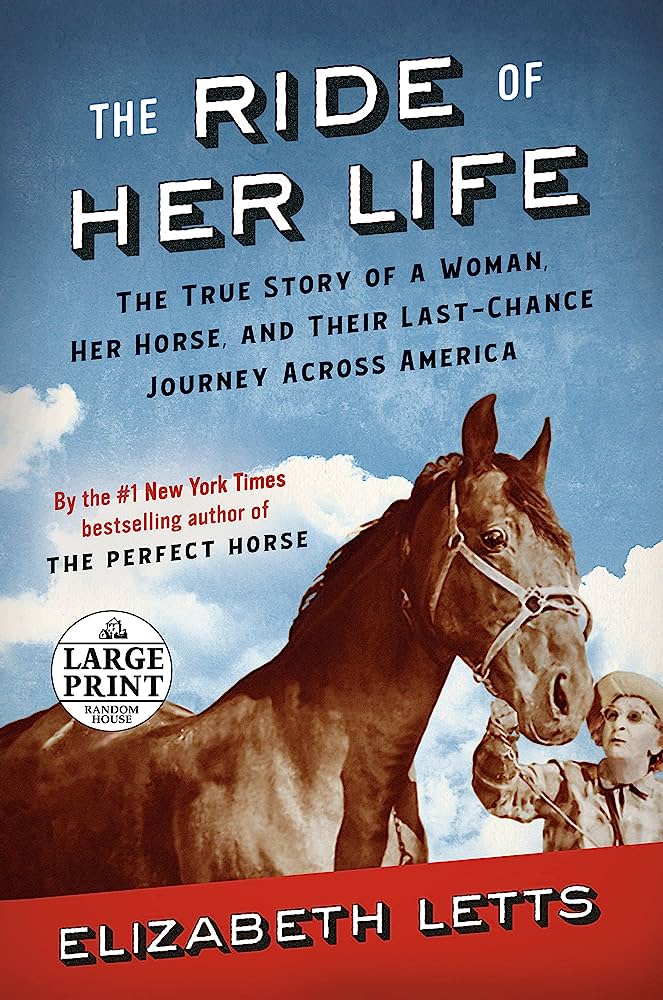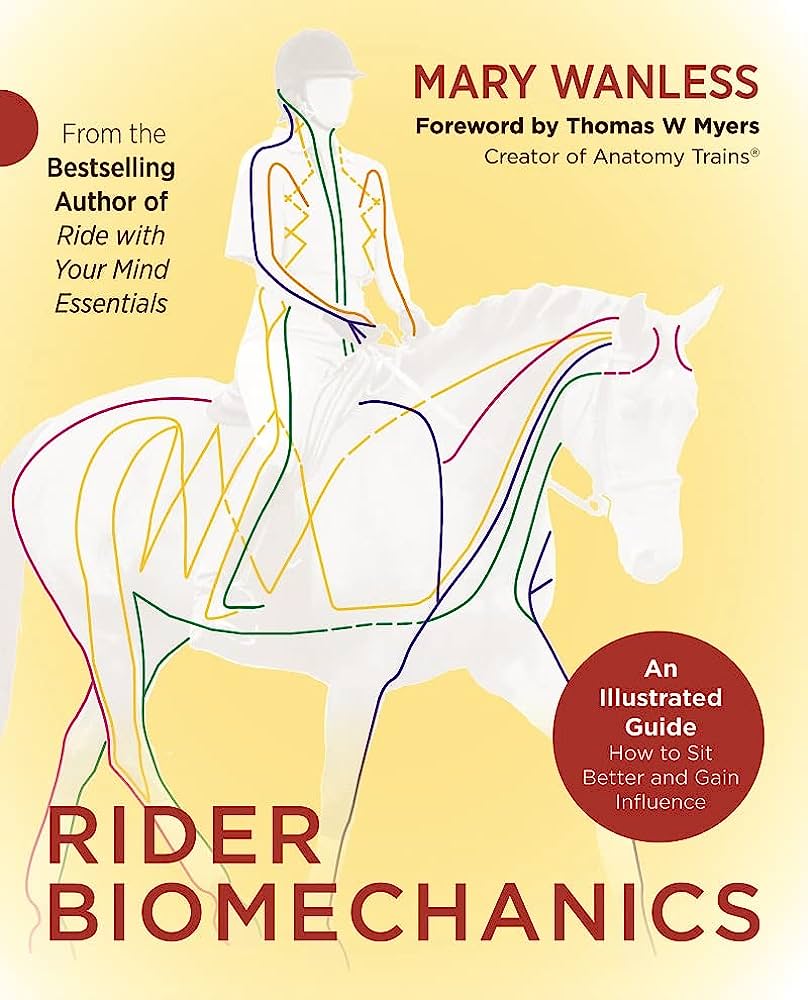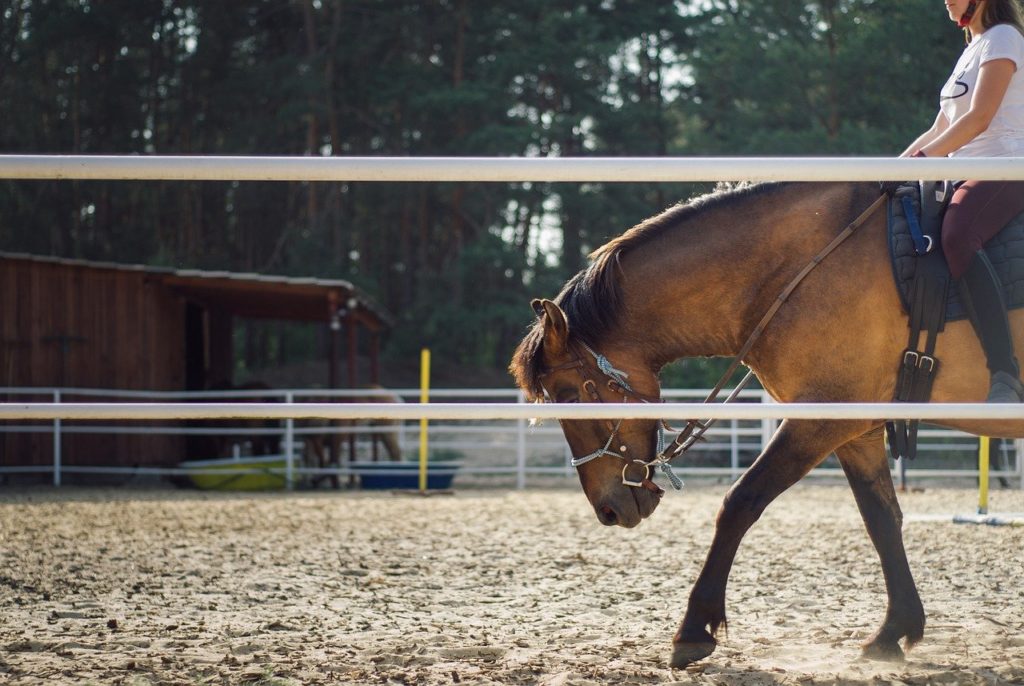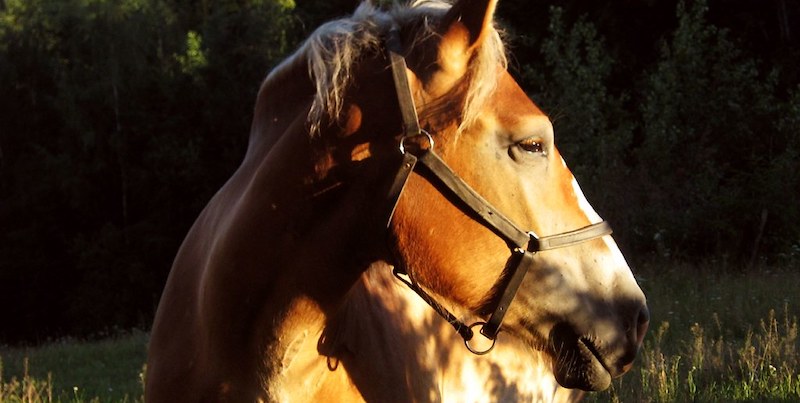Have you ever wondered about the influence of horseback riding in literature? It’s a fascinating topic that explores the symbolism and themes associated with this noble activity. In literature, horseback riding often represents freedom, power, and adventure. It has been depicted in various genres, such as adventure novels, historical fiction, and even poetry. If you’re curious to learn more about this intriguing subject, keep reading and I’ll dive into it in more detail in the upcoming paragraphs.
When it comes to horseback riding in literature, there is so much to uncover. From the iconic image of a knight on horseback to the wild west cowboys riding into the sunset, horses have played a significant role in shaping literary works throughout history. By dissecting the representation of horseback riding in different stories, we can gain insights into the characters’ personalities, aspirations, and even the cultural context of the time. In upcoming articles on my website, “horsebackridingdude.com,” I will be exploring various novels, poems, and plays that feature horseback riding. Stay tuned to discover the intriguing connections between literature and this timeless equestrian activity!
The Influence of Horseback Riding in Literature
Horseback riding has long been a prominent theme in literature, with its presence spanning across various genres and time periods. The act of riding a horse holds a certain allure and symbolism that writers have utilized to convey powerful messages, depict moments of freedom, and develop memorable characters. From classic novels to contemporary works, horseback riding has left an indelible mark on literature. In this article, we will explore the influence of horseback riding in literature, examining its portrayal in classic novels, its symbolism, its romanticized depiction, and its association with freedom. Furthermore, we will delve into famous horseback riding scenes in literature, the evolution of horseback riding in literary works, and its impact on character development. Additionally, we will discuss horseback riding as a theme in children’s literature, its mythical and magical aspects, its psychological influence, and its role in challenging gender stereotypes. Finally, we will explore the influence of horseback riding on popular culture.

Horseback Riding in Classic Literature
Classic literature has often featured horseback riding as a means of transportation, a form of leisure, and a symbol of status. Authors such as Jane Austen, Leo Tolstoy, and Sir Walter Scott have incorporated horseback riding into their novels to enhance the storytelling and provide depth to their characters. In Jane Austen’s novels, horseback riding is frequently used as a means for social interactions, with characters utilizing it as a mode of transportation for visits and social gatherings. Similarly, Leo Tolstoy’s epic novel, War and Peace, features horseback riding as a prominent activity among aristocrats during the Napoleonic era. The novel showcases the opulent equestrian lifestyle prevalent in Russian society of that time. In Sir Walter Scott’s Waverley, horseback riding is intricately woven into the story, depicting the adventures of the eponymous protagonist and his encounters during his travels. These classic works highlight the significance of horseback riding as a reflection of societal norms and the character’s lifestyle.
Symbolism of Horseback Riding in Novels
Horseback riding in literature often serves as a symbol of power, freedom, and transformation. The act of riding a horse is associated with mastery and control, reflecting the character’s ability to conquer challenges and assert their dominance. In many novels, horseback riding serves as a metaphor for personal growth and transformation. As characters mount horses and embark on journeys, they undergo profound changes and discover new aspects of themselves. The bond between horse and rider illustrates the individual’s inner strength and resilience. Through the symbolism of horseback riding, authors convey the transformative power of experiences and the potential for personal development.

The Romanticized Depiction of Horseback Riding in Fiction
Horseback riding has long been romanticized in literature, particularly in romantic novels where the act of riding symbolizes adventure, passion, and a sense of liberation. From the wild gallops through picturesque landscapes to the stolen moments between lovers, romantic encounters on horseback have become a quintessential trope. The adrenaline-inducing rides and intimate conversations that take place while riding create a romantic atmosphere that captivates readers. Authors often employ horseback riding as a backdrop for pivotal romantic moments, adding a touch of excitement and spontaneity to their narratives. This romanticized depiction of horseback riding has contributed to its enduring appeal in fiction.
Horseback Riding as a Metaphor for Freedom
Horseback riding is frequently used as a metaphor for freedom in literature, symbolizing the release from societal constraints and the ability to break free from confinement. The act of riding a horse represents a sense of liberation and the pursuit of one’s desires. In many novels, the protagonist’s decision to mount a horse and ride into the unknown represents a rebellion against societal expectations and a quest for personal fulfillment. Horseback riding enables characters to escape their mundane lives and embrace the thrill of exploration and adventure. This metaphorical representation of freedom through horseback riding resonates with readers, inspiring them to seek their own paths of liberation.

Famous Horseback Riding Scenes in Literature
Throughout the history of literature, there have been numerous unforgettable horseback riding scenes that have captivated readers. One such scene can be found in Daphne du Maurier’s Rebecca, where the protagonist finds herself being chased on horseback, creating a thrilling and suspenseful moment. J.R.R. Tolkien’s The Lord of the Rings features an epic battle on horseback, showcasing the formidable and majestic nature of these creatures. Western novels often depict horseback riding as an integral part of the wild west lifestyle, evoking a sense of adventure and danger. These famous horseback riding scenes have become iconic moments in literature, creating lasting impressions on readers.
The Evolution of Horseback Riding in Literature
Horseback riding has a rich history in literature, with its presence evident in ancient epics, medieval literature, and Renaissance works. In ancient epics such as Homer’s Iliad and Virgil’s Aeneid, horseback riding plays a vital role in battle scenes, emphasizing the hero’s valor and prowess. In medieval literature, horseback riding is often portrayed as a noble pursuit reserved for knights and chivalrous characters. During the Renaissance period, horseback riding became associated with courtly love and elegance, with poets and playwrights using it to enhance the romantic themes within their works. The evolution of horseback riding in literature reflects the changing cultural perceptions and societal values throughout history.

The Impact of Horseback Riding on Character Development
Horseback riding serves as a powerful tool for character development in literature, allowing authors to reveal their characters’ strengths, weaknesses, and personal journeys. The way a character interacts with horses and handles riding can provide insights into their temperament, courage, and determination. Whether a character is an experienced equestrian or a novice rider, their relationship with horses can shape their development and contribute to the narrative arc. Furthermore, horseback riding often aligns with the hero’s journey archetype, with characters embarking on metaphorical quests while on horseback. Through the portrayal of horseback riding, authors develop multidimensional characters and engage readers in their emotional and personal growth.
Horseback Riding as a Theme in Children’s Literature
From classic tales to contemporary works, horseback riding frequently appears as a theme in children’s literature. Famous literary characters, such as Black Beauty and Pippi Longstocking, embark on adventures on horseback, instilling a sense of wonder and imagination in young readers. Horseback riding serves as a vehicle for learning important life lessons, teaching children about bravery, responsibility, and the value of nurturing relationships with animals. Through the lens of horseback riding, children’s literature promotes empathy, resilience, and a connection with the natural world.

The Mythical and Magical Aspects of Horseback Riding in Literature
Horseback riding possesses a mythical and magical quality in literature, often associated with folklore, mythology, and fantasy fiction. In ancient mythology, deities and heroes are frequently depicted riding divine horses, symbolizing their power and otherworldly status. Fantasy novels often feature protagonists embarking on quests on horseback, venturing into enchanted realms and encountering mythical creatures. The bond between rider and magical steed further enhances the sense of wonder and adventure in these narratives. Horseback riding thus becomes a gateway to realms beyond the ordinary, transporting readers into fantastical worlds.
The Psychological Influence of Horseback Riding in Literature
Horseback riding has also been explored in literature from a psychological perspective, highlighting its therapeutic effects and its representation of mental states. The rhythmic motion and the connection between horse and rider can evoke a sense of calm and a release of stress. This therapeutic aspect of horseback riding is often depicted in characters who find solace and healing through their interactions with horses. Furthermore, horseback riding can be used as a metaphor for the characters’ inner emotional state, reflecting their anxieties, fears, or newfound sense of freedom. By examining the psychological influence of horseback riding, authors provide readers with a deeper understanding of the characters’ internal struggles and growth.
Horseback Riding and Gender Roles in Literature
In literature, horseback riding has played a significant role in challenging and subverting traditional gender roles. Historically, horseback riding has been associated with masculinity and was perceived as an activity reserved for men. However, literature has often depicted female characters breaking gender stereotypes through their equestrian pursuits. Female protagonists such as Jo March in Louisa May Alcott’s Little Women and Bathsheba Everdene in Thomas Hardy’s Far from the Madding Crowd assert their independence and defy societal expectations through their passion for horseback riding. By portraying women as skilled riders and horse enthusiasts, authors challenge gender norms and empower their female characters.
The Influence of Horseback Riding on Popular Culture
The influence of horseback riding in literature extends beyond the confines of books and into popular culture. Horseback riding has been featured in numerous movies and TV shows, becoming an integral part of their narratives. From epic historical dramas to romantic comedies, horseback riding is utilized to enhance the visual spectacle and convey emotions. Video games also incorporate horseback riding as a gameplay mechanic, allowing players to embark on virtual adventures and experience thrilling rides. The portrayal of horseback riding in popular culture further solidifies its status as a captivating and influential element in storytelling.
In conclusion, horseback riding has left a lasting imprint in literature through its symbolism, romanticized depiction, and association with freedom. From classic novels to contemporary works, authors have utilized horseback riding as a means to deepen character development, convey powerful messages, and captivate readers. The portrayal of horseback riding in literature spans across various time periods and genres, showcasing its versatility and enduring appeal. Whether as a symbol of power, a metaphor for freedom, or a theme in children’s literature, horseback riding continues to be a significant and influential element in literary works.